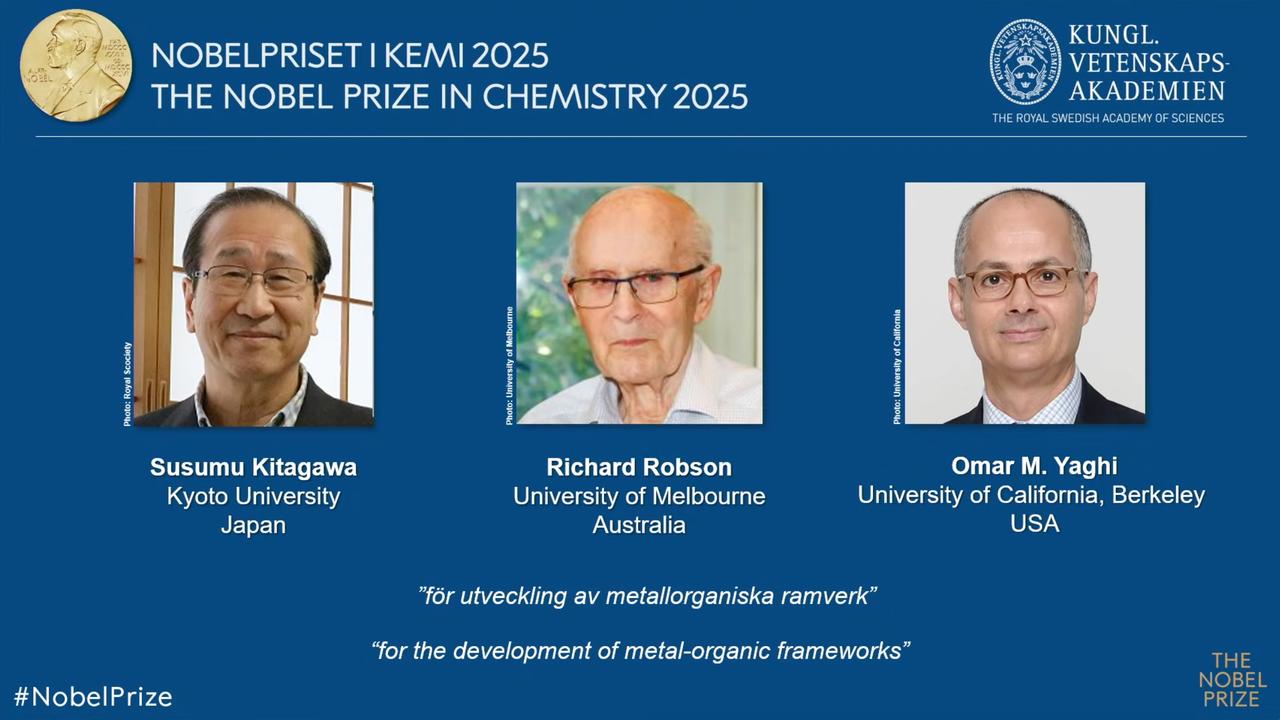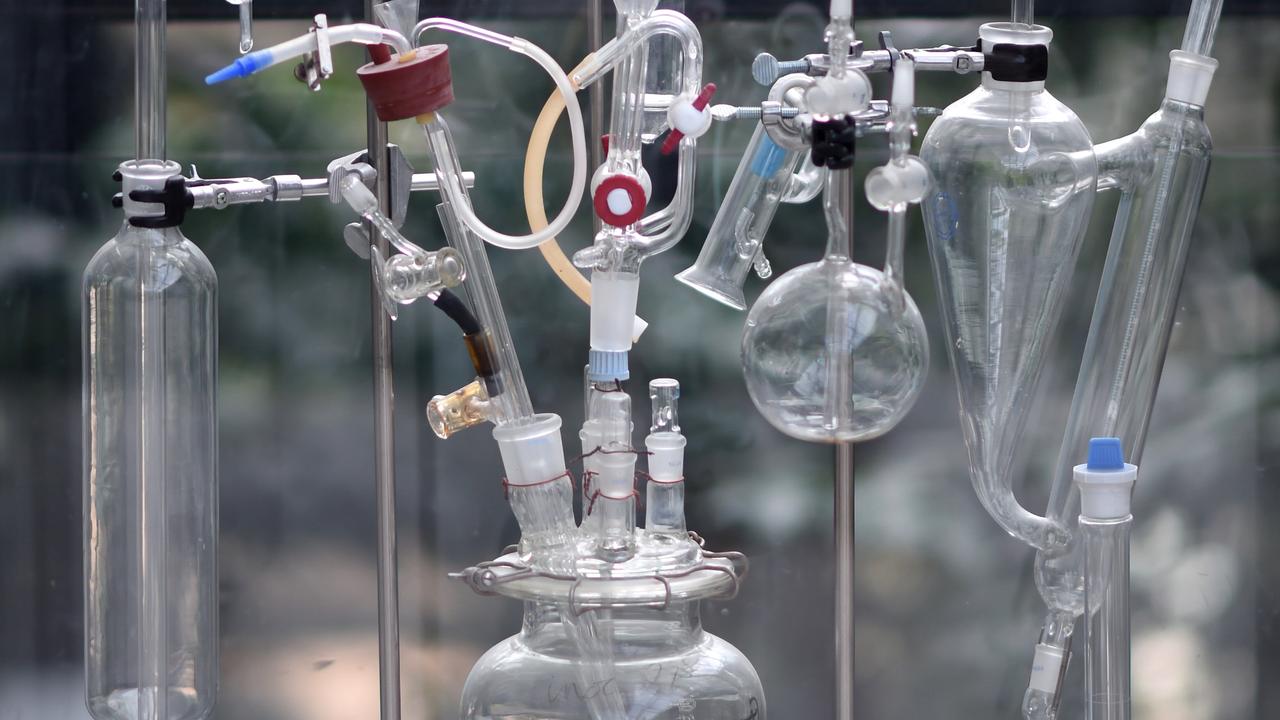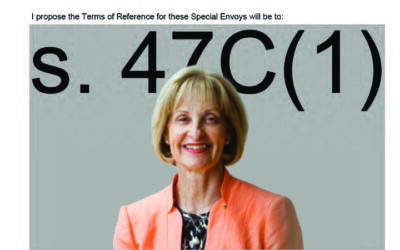A humble Australian professor has won science’s most prestigious prize by doing what he loves, after pondering on “big chemistry thoughts” for decades.
The University of Melbourne’s Richard Robson has been honoured with a Nobel Prize in Chemistry for his work in developing a new form of molecular architecture alongside alongside Japan’s Susumu Kitagawa and American-Jordanian Omar Yaghi.
The three laureates created molecular constructions with large spaces, through which gases and other chemicals can flow.
The technology can be used to harvest water from desert air, capture carbon dioxide or store toxic gases.
The Nobel Prize committee noted the materials had a remarkably large surface area, for example, a porous material roughly the size of a sugar cube could contain as much surface area as a large football pitch.
The trio of chemists worked separately but added to each other’s breakthroughs, which began with Professor Robson.
The 88-year-old produced the first metal-organic frameworks in the early 1990s and continued to explore different forms over the following decades.
He’s worked as a lecturer and researcher at the University of Melbourne since 1966.
University Vice-Chancellor Emma Johnston congratulated Prof Robson on receiving the highest possible recognition for his achievements.
“This is the kind of blue-sky research that not many people get the opportunity to explore, and even fewer make the kinds of breakthroughs Professor Robson has achieved,” Prof Johnston said.

“Australia needs to recognise that this long-term fundamental research is what allows us to then translate that research into products, like the ability to store and transfer hydrogen safely.”
Deputy Vice-Chancellor Mark Cassidy hopes the prize will inspire a wave of research to advance metal-organic frameworks into products vital to Australia’s push toward renewable energy solutions.
“Professor Robson is a humble man who has achieved this honour by simply doing what he loves, going into the lab every day, talking with students, thinking big chemistry thoughts for decades and running experiments,” Prof Cassidy said.
Prof Robson told The Associated Press he was “very pleased of course and a bit stunned as well”.
“This is a major thing that happens late in life when I’m not really in a condition to withstand it all,” he said.
“But here we are.”
The University of Melbourne has a history of Nobel winners, including Elizabeth Blackburn for her work in physiology or medicine in 2009, Sir James Mirrlees who was recognised for his research in economic sciences in 1996, and immunologist Peter Doherty who was also recognised in 1996.
Australian Associated Press is the beating heart of Australian news. AAP is Australia’s only independent national newswire and has been delivering accurate, reliable and fast news content to the media industry, government and corporate sector for 85 years. We keep Australia informed.





